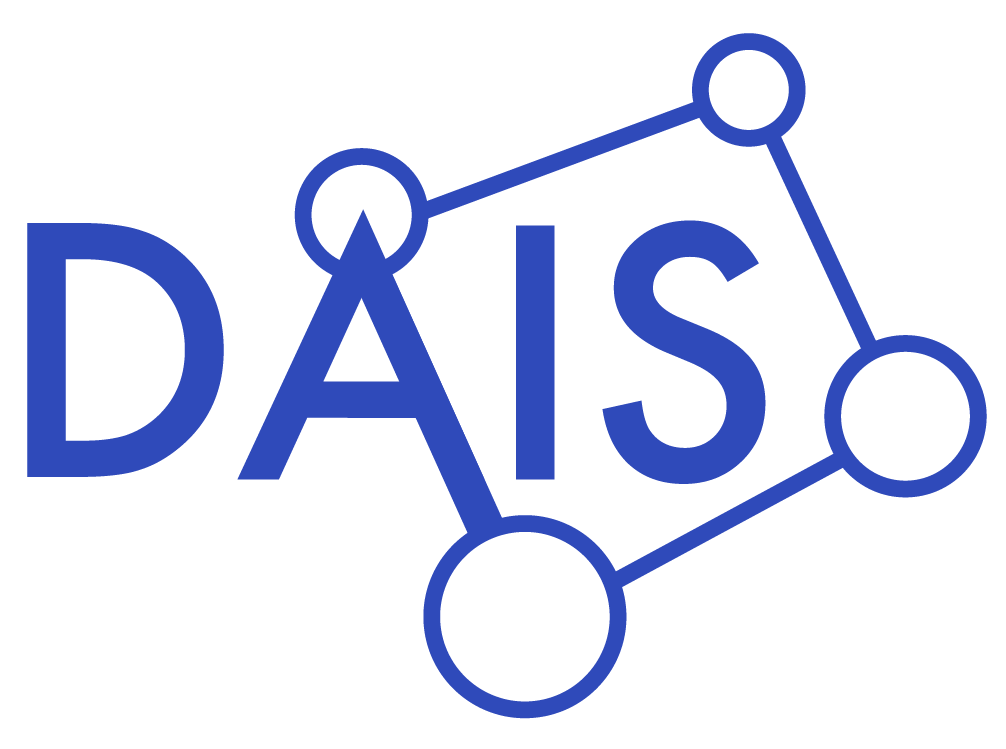Digital Industry
The ongoing digitization of industry has resulted in a demand for a digital twin of each phase of the system lifecycle to control and influence production and operational parameters instantaneously. When accurately synchronized, it can be used to mirror the real-time operating condition for simulating real-time behaviour. This way a beneficial effect in the complete life cycle of the devised product will be provided. Feeding such a digital twin requires more and smarter devices in all phases to achieve an incremental progression towards becoming more digital, better integrated, better informed, and more automated.
In addition, the demand for a reliable and energy efficient environment is a must and the current trends suggest there is clear room of improvement taking advantage of AI and edge/fog computing in industrial contexts. The industrial applications in the cloud do not meet the requirements of low latency and reliability since variables must be continuously monitored. For this reason, industrial internet of things (IIoT) is a challenge for the current infrastructure because it generates a large amount of data making cloud computing reach the edge and become fog computing (FC). FC can be considered as a new component of Industry 4.0, which aims to solve the problem of big data, reduce energy consumption in industrial sensor networks, improve the security, processing and storage real-time data. It is a promising growing paradigm that offers new opportunities and challenges, beside the ones inherited from cloud computing, which requires a new heterogeneous architecture to improve the network capacity for delivering edge services, that is, providing computing resources closer to the end user.
General objectives:
- Enhance substation devices in a Smart Grid with new functionalities derived from the introduction of AI, deterministic Ethernet communications and IoT.
- Increased number of Automated Guided Vehicles (AGVs) in use, due to the wider usage in ”any” environment.
- Innovation of massively produced WITOL® will generate killer application of novel mechatronic components purely developed in Europe.
- Providing secure and reliable edge-computing platform as a service for different verticals.
- Develop a programmable platform to collect data from different sensors, do sensor fusion already in edge nodes, do pre-analysis if needed, act, perform simple machine learning in the device, stream data over different interfaces for optimization and apply selected security mechanisms.
- Conversion of data from a control system (PLC) infrastructure to protocols available through an edge computer.
- Development of machine learning algorithms to process the curated and formatted data streams and extract essentials from them for deployment and training on an edge computer in a novel environment.
- Increased access to machine data and edge analytics
Demonstrators:
- AMeCo Advanced mechatronic Component (IMA)
- Energy management based on a fog computing approach (SCHN)
- AI-Driven Automated Guided Vehicles (AGV) (TPV)
- Optimal regulation of turbines in hydropower plants (Jotne)
- Frequency converters as edge nodes in industrial automation (Danfoss)
- Secure AI-Empowered Mobile Edge Computing Systems (PDM)
Partners:
ST (Leader), NXPGE, IMA, BEV, PDM, XAL, Cosylab, TPV, Gradiant, SCHN, 7SOLS, UCAN, UGR, ITI, Danfoss, Jotne, Step, Arctos, TUL, BUT and JSI and DTU
